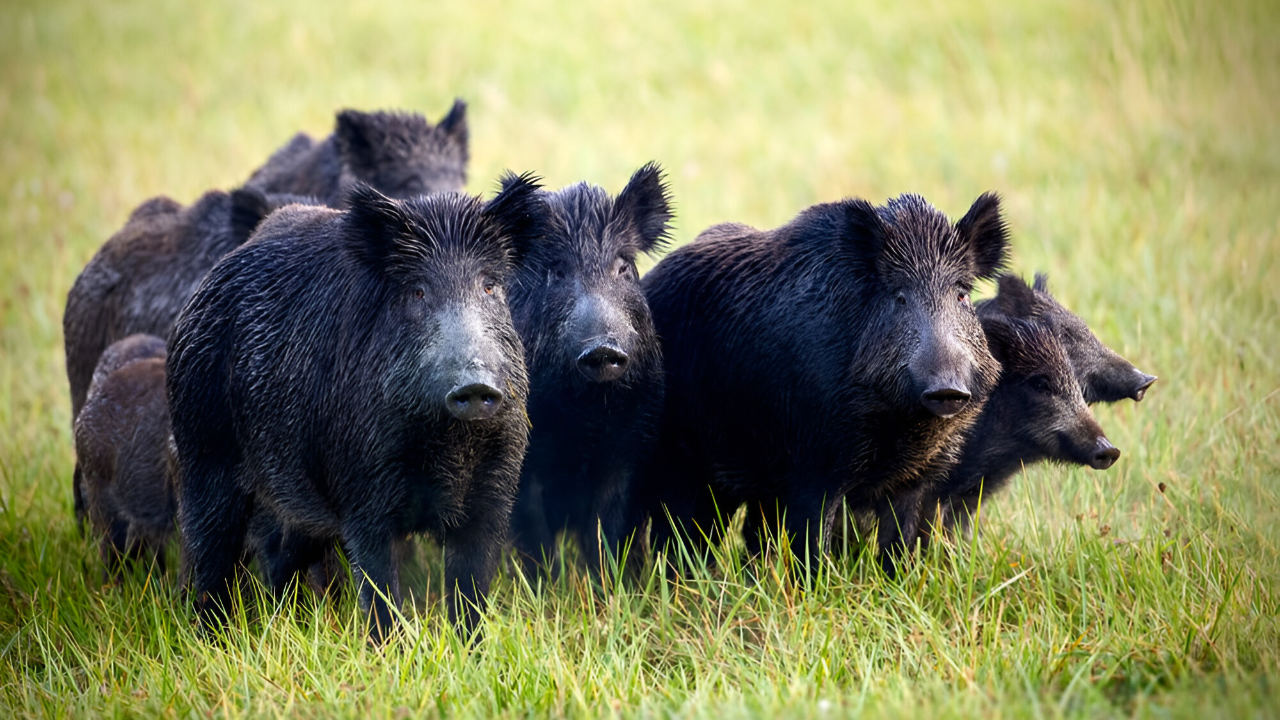
When wildlife trapper Dan Burton opened several wild pigs in southern Monterey County this March, he confronted a jarring sight that would trigger statewide health warnings. The meat and fat glowed an unnatural shade of blue—not a faint tint, but what Burton described as “neon blue, blueberry blue.” Laboratory analysis confirmed the pigs had been exposed to diphacinone, a powerful anticoagulant rodenticide widely deployed across California’s agricultural landscapes. The discovery has thrust the state into urgent debates over pesticide safety, wildlife protection, and the hidden costs of modern farming practices.
A Contamination Crisis Beyond Pigs
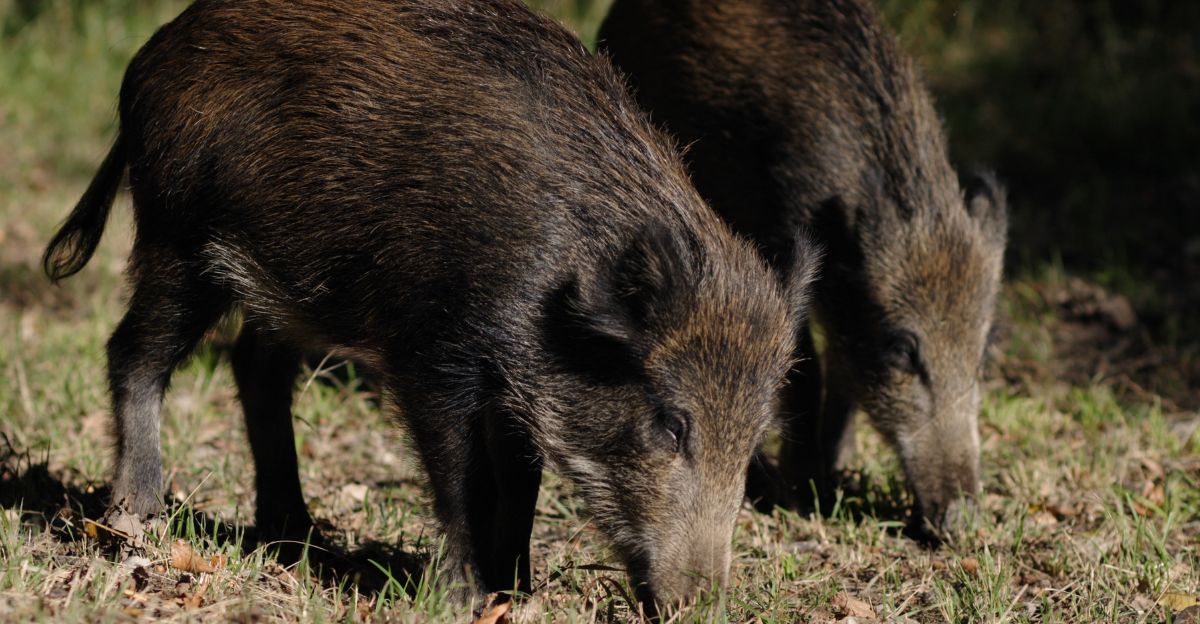
The blue flesh represents far more than an isolated anomaly. According to Dr. Ryan Bourbour of the California Department of Fish and Wildlife, “Any game animal exposed to rodenticides can be contaminated, including deer, bear, and geese.” Independent testing has revealed the scope of the problem: 8.3% of wild pigs and a staggering 83% of black bears sampled statewide showed rodenticide exposure. The pesticide moves through food chains with alarming efficiency, threatening species from ground-foraging mammals to apex predators like eagles and mountain lions.
Wild pigs, a resilient hybrid of domestic and wild boar, now occupy nearly every California county. Their adaptability has made them both agricultural pests and unintentional sentinels of environmental contamination. Farm manager Vince Bruzzone, who works in the Salinas Valley agricultural corridor, notes the animals’ familiarity with the threat: “In agricultural areas like Salinas, these pigs are very familiar with rodenticide stations.” The pigs root through fields seeking food, regularly encountering bait traps designed for rodents but lethal to any creature that consumes them.
Discovery Sparks Public Health Response
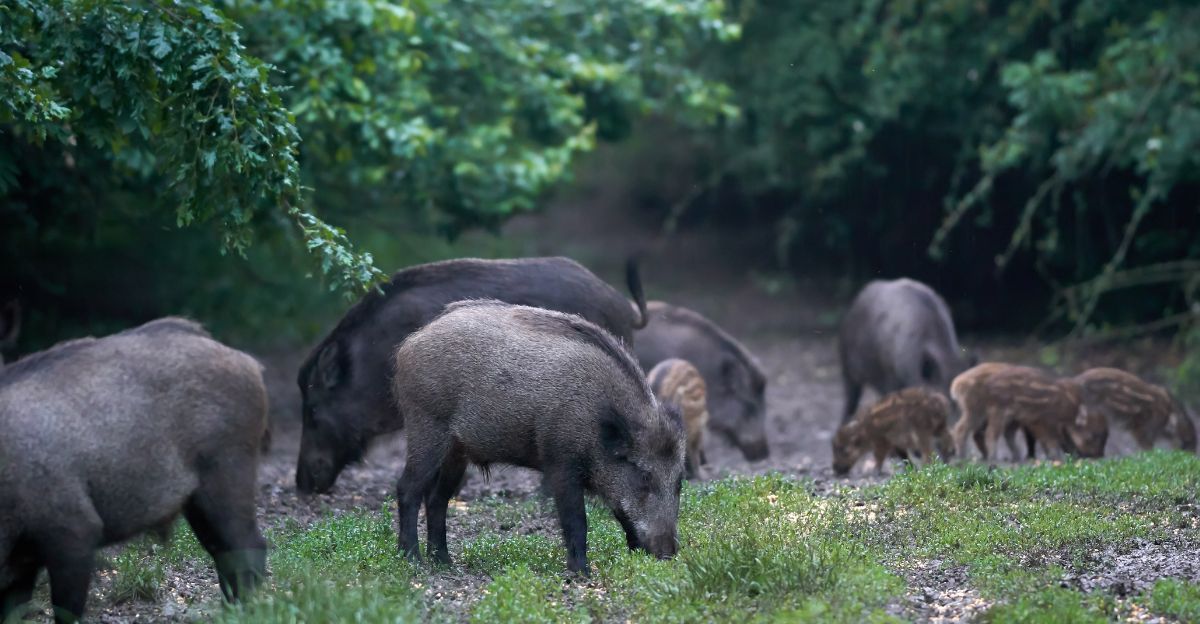
Burton’s March 2025 finding prompted immediate action from state wildlife officials. The California Department of Fish and Wildlife issued public health advisories warning hunters against consuming any wild pig meat displaying blue discoloration. Residents across the Salinas Valley faced unsettling questions about game meat already in their freezers. Burton and fellow trappers altered their practices overnight, donating fewer carcasses and cautioning families about wild-caught game.
The visual marker of contamination offers small comfort given another troubling reality: standard cooking methods cannot neutralize diphacinone in tainted meat. A 2011 toxicology study confirmed there is “little effect when tainted meat is cooked,” meaning contaminated animals that show no blue coloring still pose health risks. Hunters and their families remain vulnerable even when meat appears and smells normal after preparation.
Regulatory Scramble and Persistent Gaps
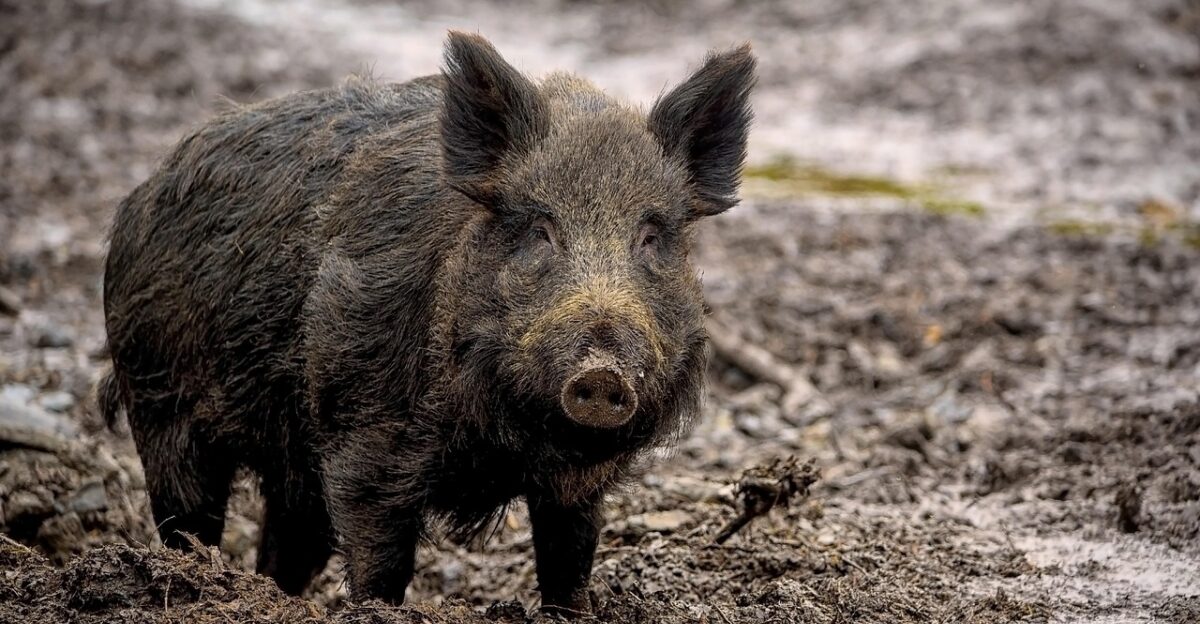
California enacted the Poison-Free Wildlife Act in January 2024, banning diphacinone use in most circumstances. Agricultural settings, however, retain significant exemptions—loopholes that allow continued deployment exactly where wild pigs and other animals forage. Violations now carry penalties up to $25,000 per offense, with pest control companies and landowners required to document compliance or face costly fines and potential lawsuits if contaminated animals cause harm.
The regulatory tension reflects competing pressures from agricultural interests, public health advocates, and conservationists. Burton describes the practical challenges: “We’re now removing poisoned carcasses and advising extra fencing around bait stations.” Bruzzone has adopted a stark protocol for contaminated meat: immediate disposal at landfills to prevent entry into food chains. The financial and reputational costs mount as health concerns intensify.
Implications Beyond California’s Borders
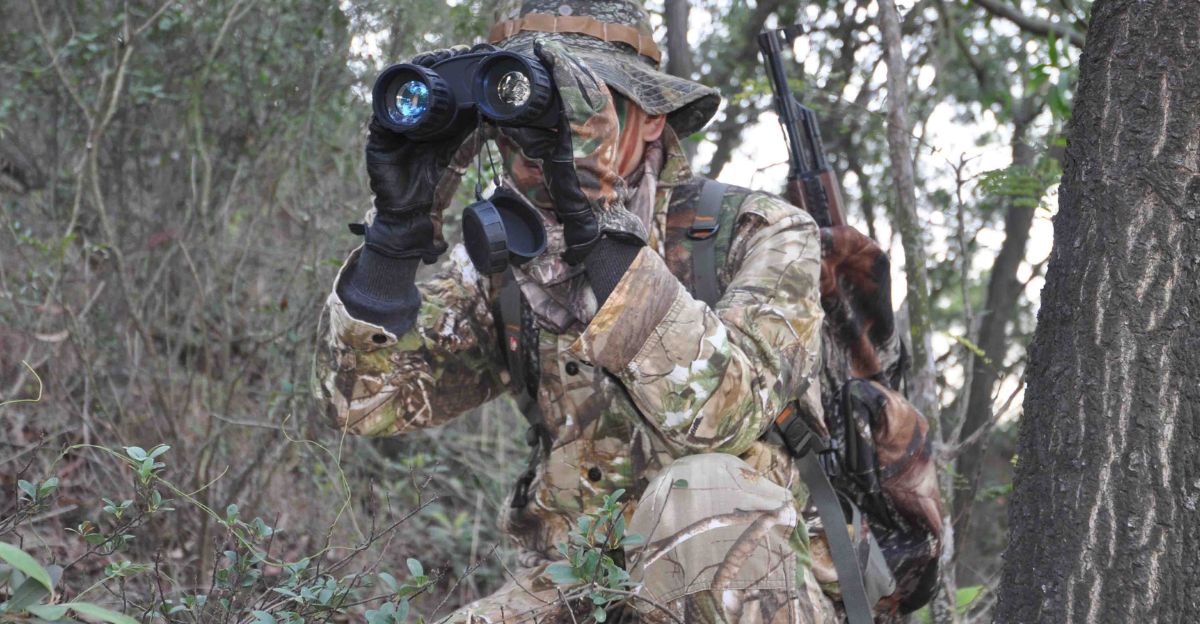
International observers are tracking California’s response closely. Australia and several European countries, confronting their own wildlife-poisoning controversies, view the blue pig crisis as a critical test case for balancing agricultural productivity with environmental stewardship. The question extends beyond pesticide policy to fundamental issues of how modern societies manage unintended ecological consequences.
California’s hunting culture is undergoing a transformation as caution replaces tradition. The long-standing practice of sharing wild game with family and neighbors now demands heightened vigilance. Bruzzone captures the shift: “I always tell families, if you see blue, bring the bill and I’ll pay for disposal.” Trust in wild food sources has eroded alongside confidence that existing regulations adequately protect public health.
State officials plan expanded testing and public education campaigns in affected regions, but many residents remain skeptical that current measures suffice. Scientific debate persists over whether blue-meat cases represent rare outliers or visible markers of more widespread contamination. The uncertainty complicates efforts to assess, monitor, and mitigate risks effectively.
The vivid blue flesh of contaminated pigs serves as a stark reminder that agricultural chemicals deployed with narrow intent can cascade through ecosystems in unpredictable ways. As Burton observed of the poisoned animals, “These pigs were seeking out the bait traps.” Whether California’s regulatory adjustments and heightened awareness will prevent further wildlife contamination—and protect the humans who hunt them—remains an open question with consequences extending far beyond the state’s borders.